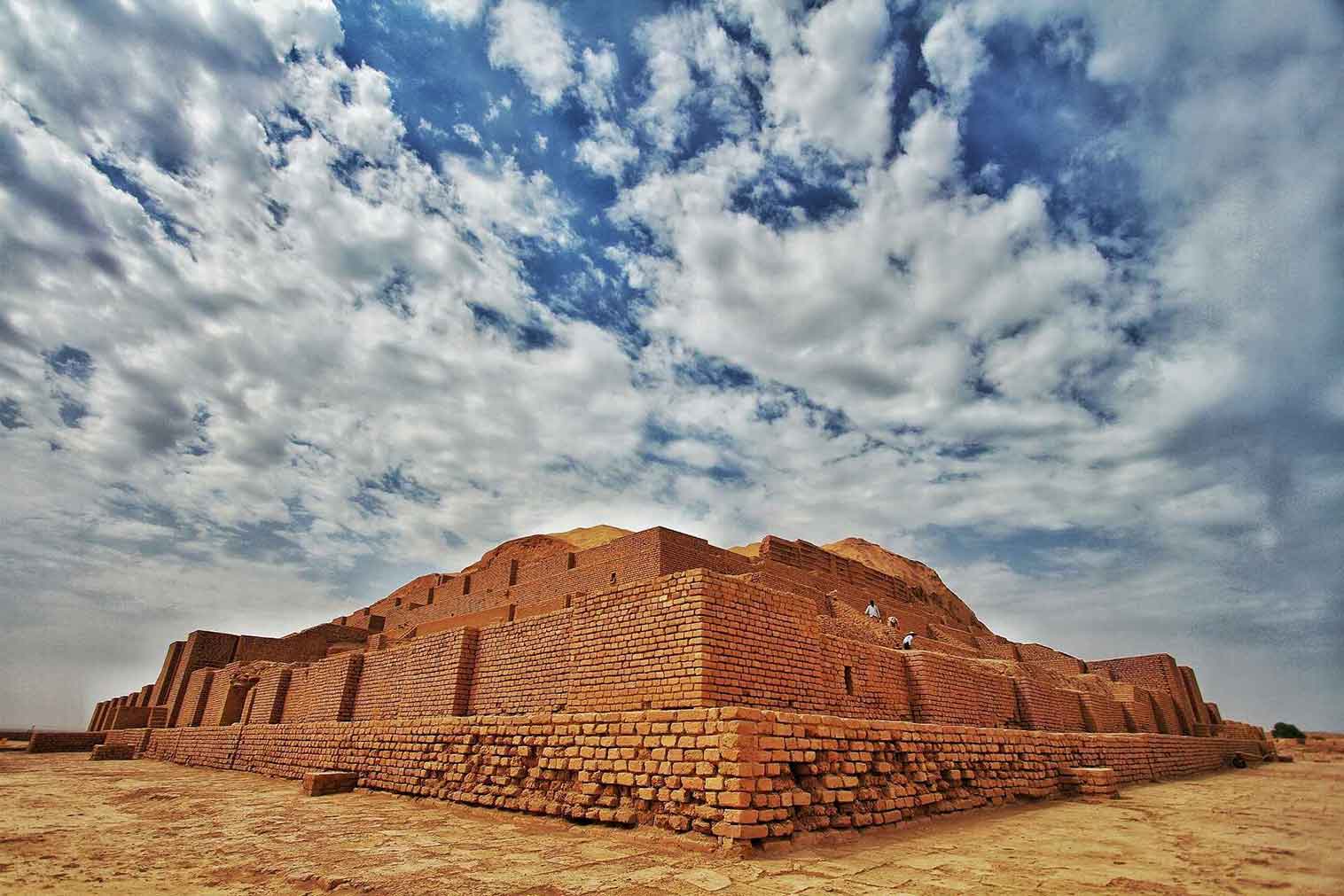
Chogha Zanbil
Susa City / October 6, 2019 / mahboobe firoozChogha Zanbil is the first Iranian UNESCO world heritage site. It’s registration date at UNESCO is 1979. Location of the great ancient construction is in Shush, Khuzestan province. When first found archaeologists and historians considered a huge importance for that. Since orientalists say it is the first formal temple of ancient Iran. Our professional leaders in Acrossiran help you to visit Chogha Zanbil more intelligent.
- What you read in this article:
- Chogha Zanbil history
- Chogha Zanbil architecture
- What is a ziggurat?
- What were ziggurats used for?
Ziggurat
Chogazanbil is an example of Ziggurat. Shortly, Zigurrats definition is a buildings with numerous stairs. They are clay buildings without any interior spaces. The cover of its outer surface is brick. An ancient temple with great height that was customary to build for gods. The word rooted in the Akkadian language and means mountain top or high place. Building ziggurats was a common tradition among Mesopotamian cultures. In a way that we can see many other ziggurats in this region such as Ur, Enlil or Larsa zigurat in Iraq. Chogha Zanbil is actually the main temple of its surrounding city.
Chogha Zanbil architecture and history
At the time of Elamites, Choghazanbil had five stories. Ziggurat chogha Zanbil is a symbol of Elamite art and architecture. So its height was about 53 meters. But now only 25 meters including two stories is standing. The vast original plan of temple was a square of 105 in 105 meters. It had different temples for their various gods. For example Gal the great god of Elam or Manzat the goddess and his wife. The original name of the ancient city was Dur-Untash. Due to the fact that Dur in Elamite language means city. And Untash is the name of the great king. Also Chogha zanbil is a name that locals give to this place. Because after excavations the place looked like a turned over basket. The literal translation of this word.
This ziggurat is a temple that Elamites built for their gods. The Elamite king ordered to build this temple. The time of building the temple is around 1250 BC. Consequently this temple belonged to the greatest god of them. Because people believed he was the protector god of Susa city. During the time of their ruling, Susa Persia was the capital. It was five floors that upstairs was the temple of god.

